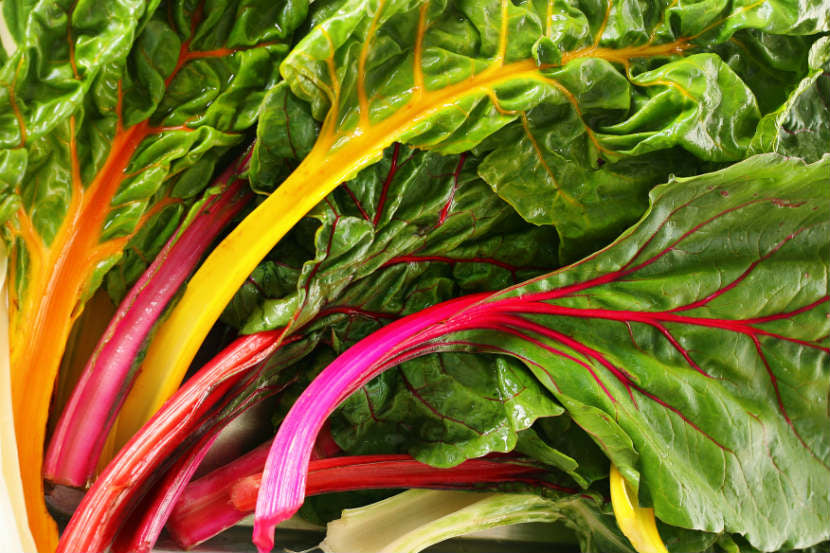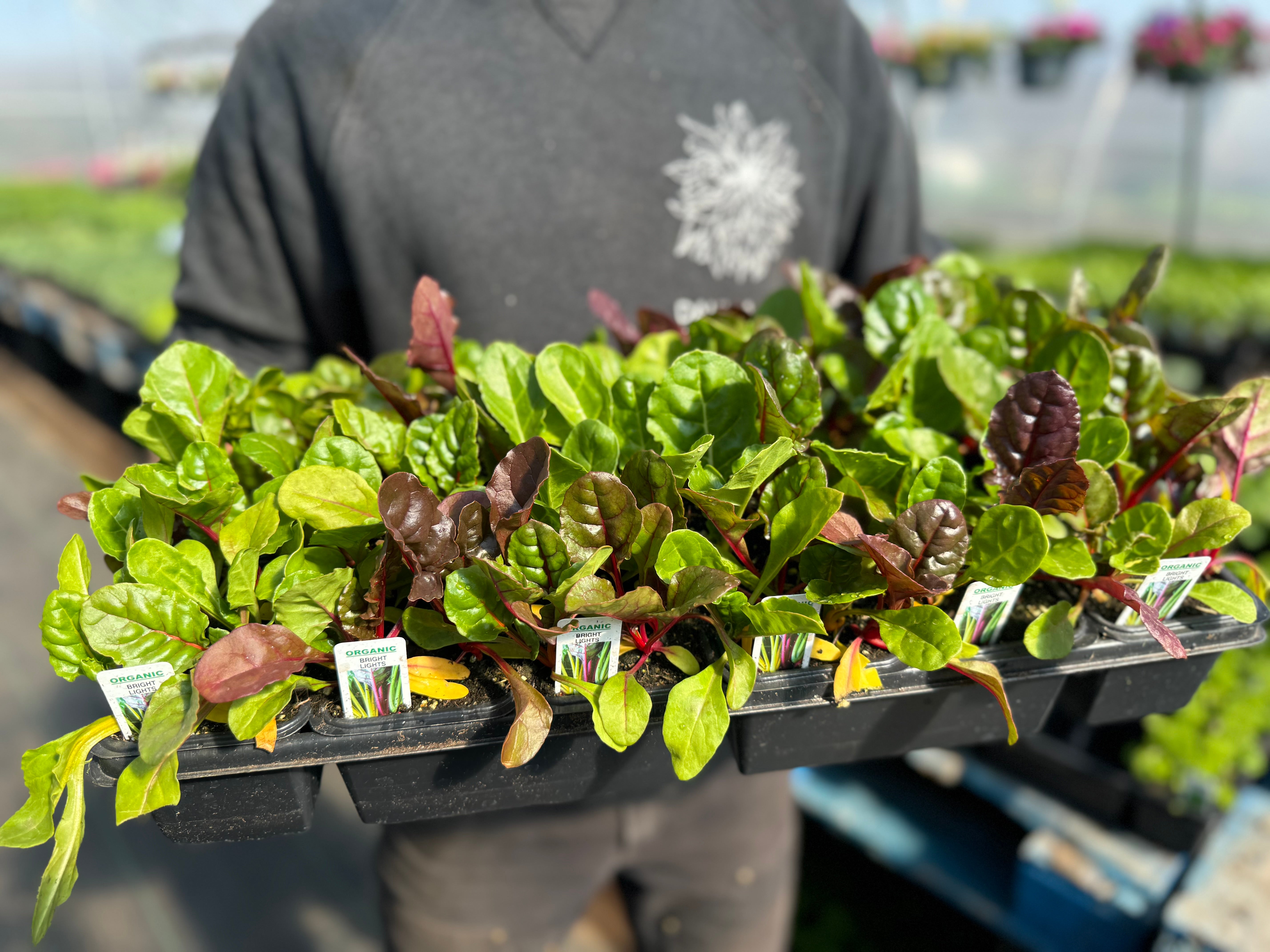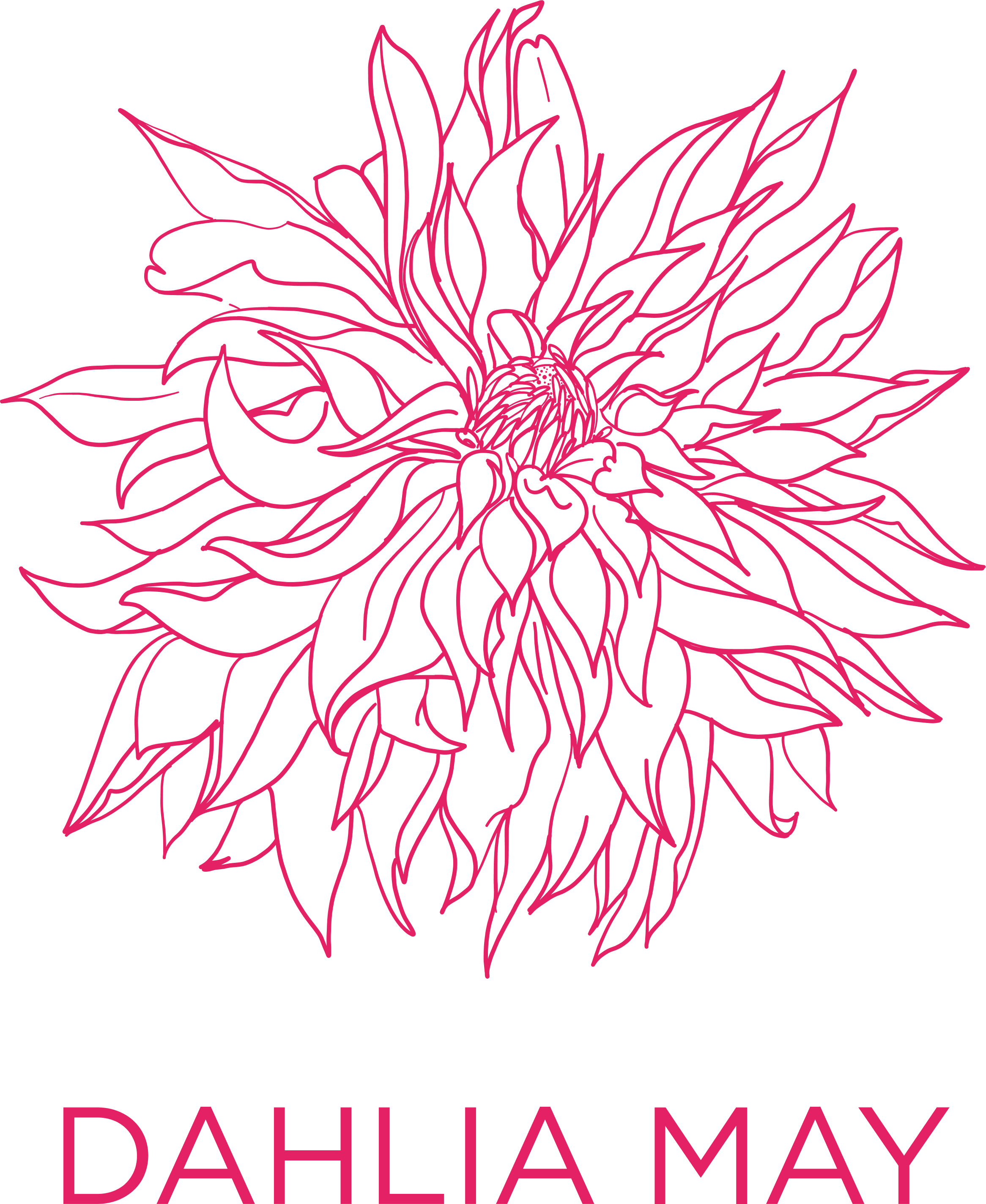



Swiss Chard Seedlings
Swiss chard plants have large, dark green leaves that are similar in shape to spinach leaves. The leaves are thick and have a slightly wrinkled or crinkled texture. The plant also produces colorful stems that can be white, yellow, red, or pink, depending on the variety. The stems are thick and fleshy, and they can be cooked and eaten along with the leaves. Swiss chard is highly nutritious and is packed with vitamins, minerals, and antioxidants. It is particularly rich in vitamins A, C, and K, as well as iron, magnesium, and potassium. Swiss chard is also a good source of dietary fiber and contains beneficial plant compounds like flavonoids and betalains.
Tips on how to grow Swiss Chard:
1. Choose the right location: Swiss chard prefers a sunny location with well-drained soil. It can tolerate some shade, but full sun is ideal for optimal growth.
2. Prepare the soil: Before planting, prepare the soil by removing any weeds and loosening it with a garden fork or tiller. Add organic matter, such as compost or well-rotted manure, to improve soil fertility and drainage.
3. Planting: Space your Swiss Chard seedlings about 12-18 inches apart. Swiss Chard is a cool season crop, meaning it can be planted outside several weeks before the last frost, and can tolerate light frosts.
4. Watering: Keep the soil consistently moist but not waterlogged. Water deeply once or twice a week, depending on the weather and soil conditions. Avoid overhead watering, as it can promote disease.
5. Fertilizing: Swiss chard is a heavy feeder and benefits from regular fertilization. Apply a balanced fertilizer, such as a 10-10-10, according to the package instructions. Alternatively, you can use organic fertilizers like compost or fish emulsion.
6. Mulching: Apply a layer of organic mulch, such as straw or wood chips, around the plants to help conserve moisture, suppress weeds, and regulate soil temperature.
7. Harvesting: Swiss chard leaves can be harvested when they reach a usable size, usually around 6-8 inches long. Harvest by cutting the outer leaves, leaving the inner ones to continue growing. The stems can also be harvested and cooked.
Our Varieties:
Green Swiss Chard
Green Swiss chard has large, glossy, dark green leaves that are similar in shape to spinach leaves. The leaves are thick and have a slightly wrinkled or crinkled texture. The plant also produces thick, fleshy stems that can be white, yellow, or light green in color. The stems are edible and can be cooked and eaten along with the leaves. Green Swiss chard is highly nutritious and is packed with vitamins, minerals, and antioxidants. It is particularly rich in vitamins A, C, and K, as well as iron, magnesium, and potassium. Swiss chard is also a good source of dietary fiber and contains beneficial plant compounds like flavonoids and betalains.
Bright Lights Swiss Chard
Bright Lights Swiss chard has large, dark green leaves that are similar in shape to spinach leaves. However, what sets it apart is its stunning stems, which come in a range of vibrant colors. The stems can be yellow, orange, red, pink, or even purple. The colorful stems add visual interest to dishes and make Bright Lights Swiss chard a popular choice for edible landscaping. Like other varieties of Swiss chard, Bright Lights Swiss chard is highly nutritious. It is rich in vitamins A, C, and K, as well as minerals like iron, magnesium, and potassium. The colorful stems also contain beneficial plant compounds like flavonoids and betalains.


